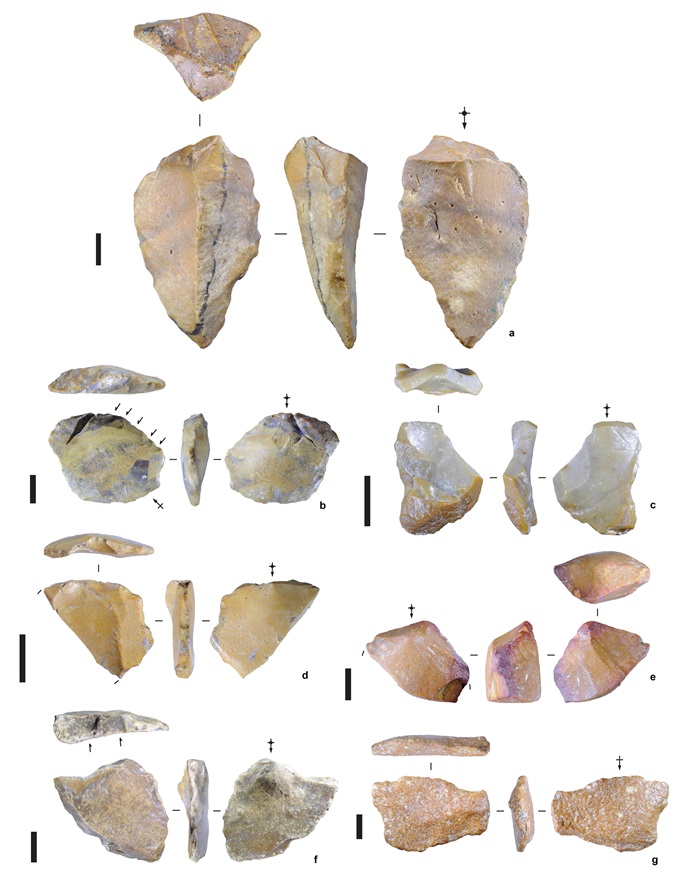A million years ago, human ancestors arrived in Indonesia.

More than a million years ago, archaic humans migrated to the remote Indonesian island of Sulawesi. We don't know who they were; they left behind only stone tools, scientists report in the weekly journal Nature.
Archaeologists have discovered stone tools dating back over a million years on the Indonesian island of Sulawesi. Near Sulawesi is the island of Flores , where, at a later time, dwarf humans, Homo floresiensis, popularly known as "hobbits," inhabited the island.
Interestingly, Celebes lies beyond the so-called Wallace Line, established in the 19th century by the renowned naturalist and explorer Alfred Wallace, who collected specimens of fauna and flora on the Indonesian islands of the Sunda Archipelago. Wallace concluded that the species found on certain islands differed significantly from those found on other islands in the archipelago. Based on this, he established a boundary that ran through the archipelago, dividing it into two areas, one closer to mainland Asia, the other closer to Australia.
Further research revealed that during the Pleistocene, when a cooler climate caused significantly lower sea levels, one part of the islands was connected to the Asian continent, while the other was connected to the Australian continent. Both areas were separated by an ocean barrier that prevented species from migrating.
Yet, over a million years ago, archaic humans, perhaps members of the Homo erectus species, crossed this border, reaching Sulawesi. Today, the only trace of their presence are stone tools found by archaeologists.

The tools were discovered at Calio on Sulawesi and dated to 1.04 million years ago. The research was led by Budianto Hakim of the Indonesian National Research and Innovation Agency and Adam Brumm of the Australian Centre for Human Evolution Research at Griffith University. Hakim's team of archaeologists discovered seven sharp-edged flint tools.
Previously, Professor Brumm's team found traces of archaic human habitation on the nearby island of Flores, dating back 1.02 million years, and elsewhere on Sulawesi, dating back 194,000 years. On the island of Luzon, traces of archaic humans dating back 700,000 years were discovered.
As Brumm explains, this discovery gives us a better understanding of how humans belonging to now-extinct species crossed the Wallace Line. This was the line beyond which many species began to evolve in isolation.
It is possible that some of the Homo erectus representatives who crossed the Wallace Line a million years ago also settled on the small island of Flores, where, in the course of evolution, dwarf forms developed, the authors of the publication suggest. (PAP)
krx/ zan/
The PAP Foundation permits free reprinting of articles from the Nauka w Polsce website, provided that you notify us by email once a month of your use of the website and cite the source of the article. On portals and websites, please include the linked address: Source: naukawpolsce.pl, and in journals, please include the annotation: Source: Nauka w Polsce website - naukawpolsce.pl. This permission does not apply to information in the "World" category or any photographs or video materials.
naukawpolsce.pl




